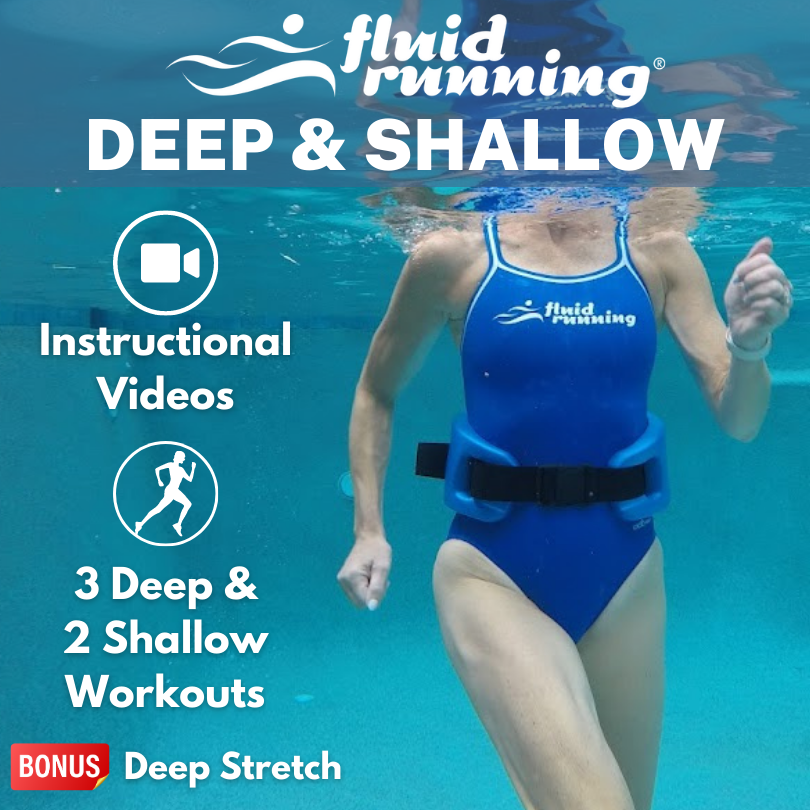[vc_row][vc_column][vc_column_text]If only athletes could push themselves to the limit every time they worked out. Imagine the limitless potential if there was no harmful effect of stressing the body and no time for recovery was needed to be ready for the next workout. No doubt the two hour marathon would be broken by now.
Hard training stresses the musculoskeletal, nervous, immune and metabolic systems. Lactic acid (blood lactate) builds up, tiny tears in the muscles occur and stress on the joints can cause inflammation. Blood lactate buildup is the main cause of DOMS – delayed onset muscle soreness.
Proper recovery is needed for the body to heal itself and can ultimately result in better athletic performance as muscles repair stronger. Athletes often find it difficult to rest and some continue to push themselves, frequently until the point of injury.
So, what’s the most efficient way for the athlete to recover? Immediately following tough workouts, it is recommended athletes consume a combination of carbohydrates (to restore glycogen) and protein to help repair muscles as well as fluids and electrolytes to offset dehydration. Proper warm down, gentle stretching immediately after, good sleep all aid in the recovery process.
What other modalities exist? Some of the more popular methods used by athletes to enhance recovery include massage, cryotherapy, compression garments or boots and passive exercise. While massage can increase circulation and has shown improvement in “perceived” soreness, studies indicate it is not effective in removing blood lactate, the main cause of DOMS. Cryotherapy has been shown to decrease inflammation predominantly attributed to its vasoconstrictive effect, specifically contrast therapy – going from hot to cold water has been known to decrease inflammation but not necessarily blood lactate. Compression garments have become very popular and the pressure on the lower limbs does help venous return and therefore increases circulation, although not all research studies validate relief beyond a short period of time following use.
A less known, but more effective way to decrease the effect of DOMS is by doing deep water running. It effectively combines the above named modalities and allows for active exercise. While running in the deep water, the water pressure on the lower limbs, combined with the turbulence created in the water, has a “massage like effect”. While not as cold as an ice bath or cryo tank, typical pools are about 15-18 degrees cooler than the body. When the body is vertical in the deep water the hydrodstatic pressure on the lower limbs is intense creating a “compression reaction”. Additionally, both stroke volume and cardiac output increase with deep water running.
Studies show that while running in the deep water (active recovery), blood lactate levels are decreased significantly, especially when running at more intense levels – 85% of max. aerobic threshold.
Reaching 85% of max threshold during other typical forms of training would likely create even more soreness/damage in the days following hard training. But because deep water running is completely non-weight bearing and the combination of cooler water, and the hydrostatic pressure, not only is damage not being done, but recovery and a reduction on blood lacate is taking place during the deep water running workout.
What does this mean for the athlete? This means that “downtime” may not be necessary and the athlete can continue to train and maintain cardiovascual fitness while recovering. Studies show that aerobic performance, even in elite runners, can be maintained for up to 6 weeks by doing deep water running exclusively.
Additionally, the cost of deep water running is significantly lower than the cost of a massage, the use of a cryo tank or compression boots. The only equipment needed is a flotation belt. Graham Smedley, a Deca Triathlete, doesn’t even use a pool for his active recovery. He jumps into a lake! IRONMAN World Champion Sebastian Kienle details his active recovery routine which includes, you guessed it, water running.
More Information
The Science of Deep Water Running
Physioligical Response to Water Immersion – A Method for Sport Recovery?[/vc_column_text][/vc_column][/vc_row]







